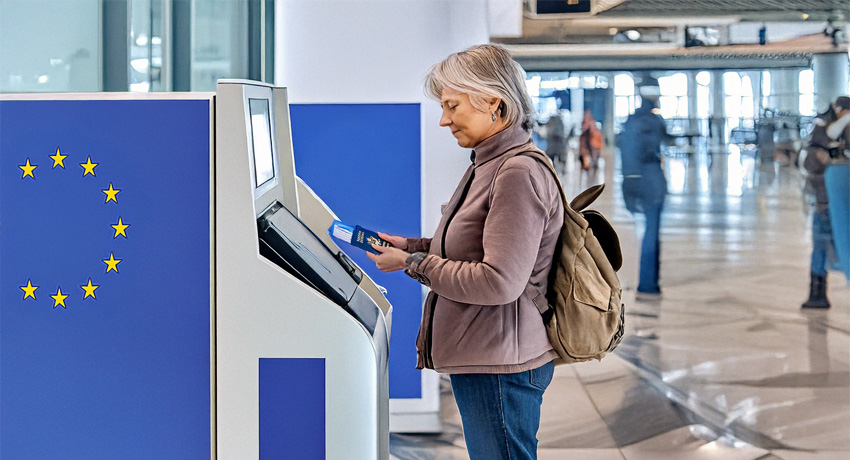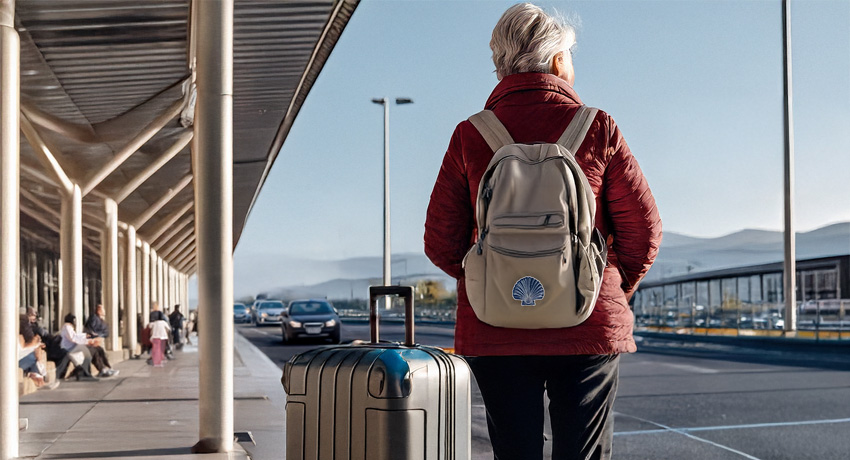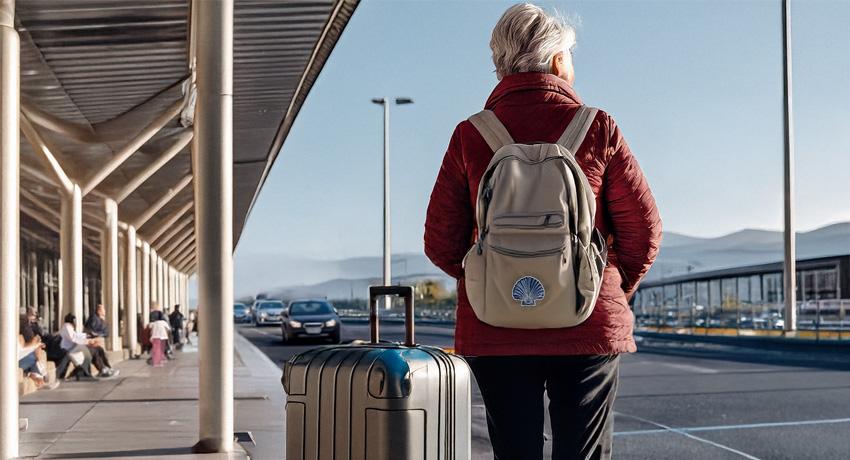Understanding Europe's Entry-exit system (EES)
What the New Entry/Exit System Means for You
Starting October 12, 2025, travelers entering or leaving the European Union (and Schengen area countries) will go through a slightly updated border process. Instead of a passport stamp, your entry and exit will be recorded digitally through the European Entry/Exit System (EES). The goal is straightforward: to make border checks smoother, faster, and more accurate for travelers from outside the EU — including Americans heading to Spain, France, or Portugal for their Camino de Santiago trips.
“There's nothing you have to do before you travel — it’s just a change in how your passport is checked.”
What the EES Actually Is
The EES replaces the manual passport stamping process that’s been in use for decades. When you enter or leave the Schengen area, your passport will be scanned, and your details will be logged automatically. The first time you arrive after the system begins, you’ll also have your photo and fingerprints recorded — a quick, one-time step that securely verifies your identity. On future visits, your biometric data will already be stored, making crossings even quicker. This digital record replaces ink stamps and eliminates the need for manual date tracking. It helps border officers verify stays under the standard 90-days-in-180 rule, without travelers needing to count days themselves.

What the EES Is Not
Because several new European travel systems have been discussed in recent years, it’s easy to confuse them. The EES is not a visa or pre-travel authorization.
- You don’t apply or register for it in advance.
- You don’t upload any documents or pay any fee.
- You don’t need to bring anything new to the airport.
It’s handled entirely at the border — automatically, as part of the normal arrival process.
You may also have heard of ETIAS, a separate program Europe plans to introduce in the future. ETIAS will be an online travel authorization — similar to the U.S. ESTA — for travelers who currently don’t need a visa. Although anticipated to start sometime in 2026, it’s been delayed several times, and there’s no confirmed launch date yet. There’s nothing to complete or prepare at this stage. When the EU confirms its start, we’ll share a post explaining exactly what to expect and how it fits into Camino travel planning.
How the New Border Process Works
At passport control, you’ll still go through the same non-EU arrivals line you’re used to. You’ll scan your passport, look into a camera, and — on your first visit after October 12 — your fingerprints will be scanned. From there, your information will be stored securely in the European database. When you return home, your exit will be logged automatically.
The process takes roughly the same amount of time as the current stamp system, and in many airports, it’s even faster thanks to self-service kiosks. Once you’ve entered the Schengen area, nothing else changes. You can move freely between Spain, Portugal, and France without additional checks — just as before.
“The same border experience — only digital instead of stamped.”
Security and Privacy
Understandably, travelers often ask what happens to their data. The system is fully governed by EU data protection laws (GDPR), which set some of the world’s strictest privacy standards. Your passport details, photo, and fingerprints are encrypted and used only for border control purposes. This digital record improves accuracy, helps prevent identity misuse, and ensures that overstays are tracked automatically — without putting extra responsibility on travelers.

What This Means for Your Camino
If you’re traveling to Europe for your Camino — whether to walk the French Camino tours through northern Spain or the Portuguese Camino tours up from Porto — this change won’t affect how you plan or begin your journey. You’ll still fly into the same airports, go through the same arrival lines, and find your luggage and accommodations waiting as usual.
The only visible difference will be no passport stamp when you arrive. Everything else about your trip remains familiar and straightforward. The EES is meant to make travel simpler — reducing errors, speeding up processing, and helping ensure the same smooth experience each time you visit Europe.
A Change, Not a Complication
Think of this as a quiet, behind-the-scenes upgrade. The EES modernizes how Europe records border crossings but leaves your experience largely unchanged. There’s nothing for you to do in advance. Your arrival will just be handled a little more efficiently — so you can get on with what matters: your Camino adventure.
Buen Camino!

